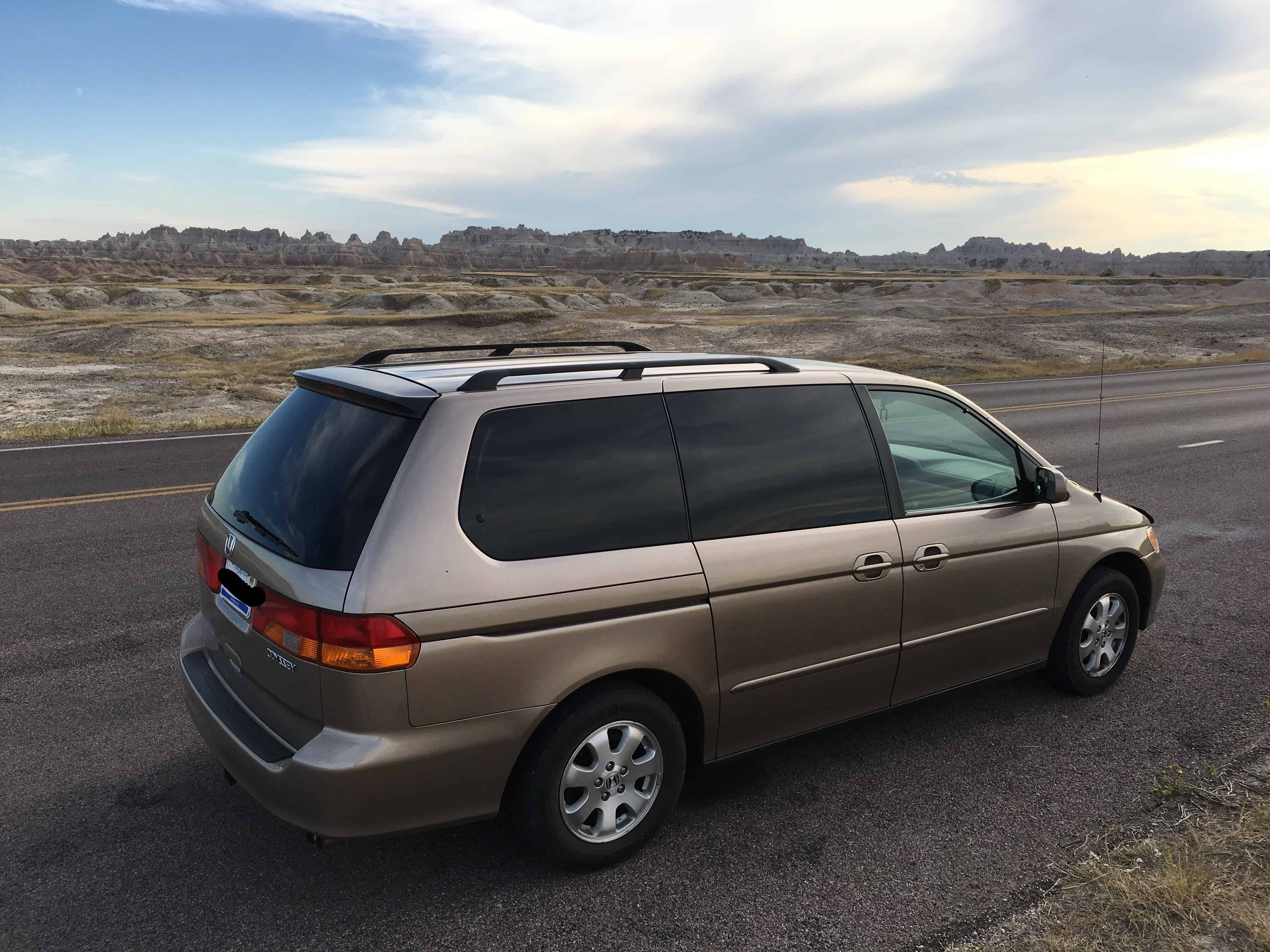The Honda Odyssey is renowned for its versatility and spacious interior, making it a popular choice for families and adventurers alike. If you’re considering a Honda Odyssey, whether for daily family use or a camper van conversion project, understanding its dimensions is crucial. This guide provides a detailed look at the Honda Odyssey Dimensions, ensuring you have all the information you need to plan your space effectively.
The dimensions of the Honda Odyssey have remained fairly consistent across different generations, particularly regarding the interior cargo area. While there might be slight variations depending on the model year and trim, the core measurements that matter for space and utility are largely similar. For the purpose of this guide, we’ll focus on providing dimensions that are relevant to most Honda Odyssey models, especially those commonly used for conversions or needing to maximize interior space.
Let’s start by visualizing the different configurations possible within a Honda Odyssey.
Understanding how the seats fold and can be removed is the first step to appreciating the Odyssey’s spatial flexibility. In most models, the third-row seats conveniently fold flat into the floor, maximizing cargo space instantly. The second-row seats typically offer options to fold, tumble forward, or even be completely removed, depending on the generation.
With all seats in their upright and standard positions, the Honda Odyssey comfortably seats up to seven or eight passengers, depending on the configuration. This setup is ideal for daily family transport, school runs, and road trips where passenger capacity is prioritized.
Folding the third-row seats into the floor transforms the rear of the Odyssey into a substantial cargo area. This configuration is perfect for hauling groceries, luggage, sports equipment, or materials for DIY projects. This space is roughly a 48-inch square, providing a useful, box-shaped area.
Removing one or both of the second-row seats significantly opens up the interior. With a middle seat removed, you can even fit a cot lengthwise, stretching from the front to the back of the vehicle. While a wider cot might need to be placed at a slight angle, this demonstrates the length available inside.
For maximum cargo capacity, removing both second-row seats is the way to go. This configuration reveals the full potential of the Honda Odyssey’s interior space, making it ideal for moving larger items or setting up a camper van conversion.
Now, let’s delve into the specific dimensions that are most relevant:
Length (Front to Back):
From the rear hatch to the back of the front seats, with the front seats adjusted reasonably forward, you can achieve a length of approximately 8 feet (96 inches). This generous length is a key feature for those considering sleeping inside the Odyssey or carrying long items.
Width (Between Wheel Wells):
The narrowest point in terms of width inside the Honda Odyssey is between the wheel wells. This dimension is consistently around 4 feet (48 inches). This measurement is important to consider when planning storage solutions or bed platforms within the vehicle.
Width (Between Sliding Doors):
A less commonly considered but highly valuable dimension is the width between the sliding doors. This area offers a significantly wider space of approximately 65 inches. This extra width, especially in older models without door-mounted cupholders, provides an excellent opportunity for maximizing sleeping space or storage, particularly at shoulder level if sleeping widthwise.
Why These Dimensions Matter for Camper Conversion and Utility:
Understanding these Honda Odyssey dimensions is paramount for several reasons:
- Bed Platform Design: For camper conversions, the length and width dimensions dictate the size and orientation of your bed platform. The 8-foot length is sufficient for most adults to sleep lengthwise, while the width between sliding doors allows for creative bed designs for couples.
- Storage Solutions: Knowing the width between wheel wells and the overall cargo area volume helps in designing efficient storage systems. You can optimize storage boxes and drawers to fit snugly within these dimensions.
- Gear and Equipment: Whether for camping, sports, or work, understanding the cargo dimensions helps you determine what gear and equipment will fit comfortably inside your Odyssey.
- Maneuverability and Parking: While interior space is important, the exterior dimensions of the Honda Odyssey also strike a good balance. It’s large enough to be spacious inside, yet still manageable for city driving and parking, unlike larger vans.
Visualizing the space with common items like a twin mattress helps to grasp the usable area. While an air mattress might not be the most practical long-term solution due to potential issues and space inefficiency, it serves as a good reference point.
For a more practical approach to utilizing the space, especially for camper conversions, consider using a cot.
A cot provides a comfortable sleeping platform while leaving ample space underneath for storage. This setup is particularly useful for solo travelers or those needing to maximize storage alongside sleeping arrangements.
Conclusion:
The Honda Odyssey offers impressive interior dimensions that make it a highly adaptable vehicle. Whether you’re focused on passenger comfort, maximizing cargo space for everyday tasks, or embarking on a camper van conversion, understanding these dimensions is key. From the generous 8-foot length to the surprisingly wide space between the sliding doors, the Odyssey’s interior is designed for versatility. By carefully considering these dimensions, you can effectively plan and utilize the space to meet your specific needs, making the Honda Odyssey a truly adaptable and practical choice.
